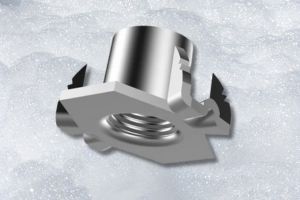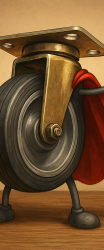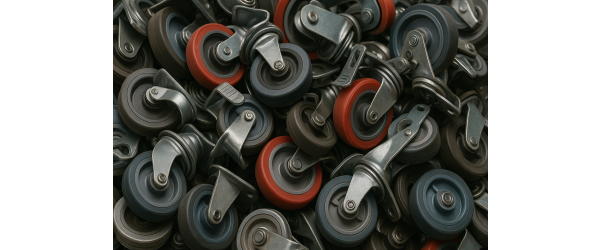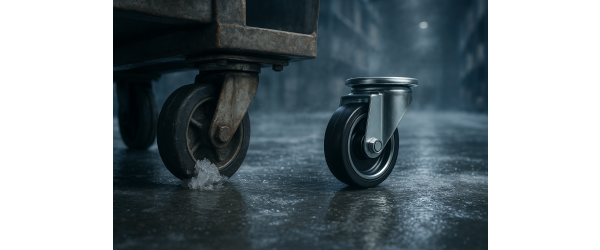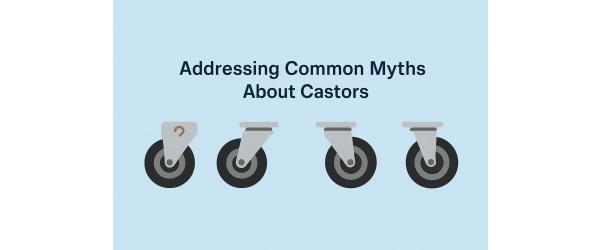T-nuts, also known as tee nuts, are crucial components for securing castors to furniture, equipment, and other structures. Ensuring proper installation and maintenance of T-nuts is essential for preventing castor loosening and maintaining the stability and functionality of your assemblies. In this comprehensive guide, we'll delve deeper into T-nut installation and maintenance best practices, empowering you to create secure and reliable connections for your castors.
Understanding T-Nuts
T-nuts are hardware fasteners designed to create a threaded anchor point in wood or other materials. They consist of a threaded barrel with flanged ends, allowing them to be inserted into pre-drilled holes. Once installed, the flanges provide a secure grip, while the threaded barrel accommodates bolts or screws for fastening castors.
Types of T-Nuts:
- Pronged T-Nuts: These T-nuts feature sharp prongs that embed into wood, providing a secure hold.
- Serrated T-Nuts: These T-nuts have ridges along the barrel for enhanced grip in materials like particleboard or plastic.
Best Practices for T-Nut Installation
- Proper Hole Size: The pre-drilled holes for T-nuts should match the diameter of the threaded barrel to achieve a snug fit. Use a drill bit or hole saw of appropriate size to ensure compatibility.
- Alignment and Depth: Carefully align the T-nuts with the pre-drilled holes and tap them into place using a hammer or mallet. It's crucial to ensure that the T-nuts are seated flush with the surface of the material to prevent protrusion or interference with other components.
- Secure Fastening: Once the T-nuts are installed, fasten them securely using bolts or screws suitable for the application. It's essential to tighten the fasteners adequately to ensure that the castors are firmly attached. However, avoid over-tightening, as it can strip the threads or damage the T-nuts.
Maintenance and Inspection
- Regular Checks: Periodically inspect T-nuts for signs of loosening, damage, or wear. Tighten any loose fasteners promptly and replace damaged or worn T-nuts to maintain secure connections and prevent accidents.
- Corrosion Prevention: Protect T-nuts from corrosion and rust by using corrosion-resistant materials or coatings. Applying a rust inhibitor or lubricant to the threads of T-nuts can prevent seizing and facilitate easier removal and replacement.
Importance of Proper T-Nut Maintenance
Proper maintenance of T-nuts is essential for ensuring the long-term integrity and performance of castor assemblies. Loose or damaged T-nuts can compromise the stability of equipment, leading to accidents, injuries, or damage to goods. By following best practices for T-nut installation and conducting regular maintenance checks, you can prevent castor loosening and maintain a safe and efficient workplace environment.
Conclusion
In conclusion, T-nuts play a vital role in securing castors and ensuring the stability of equipment and structures. By understanding the importance of proper T-nut installation and maintenance, you can prevent castor loosening, maintain secure connections, and promote workplace safety. For high-quality T-nuts and castor accessories, visit Castors-Online.co.uk
and explore our extensive range of products designed to meet your needs.
